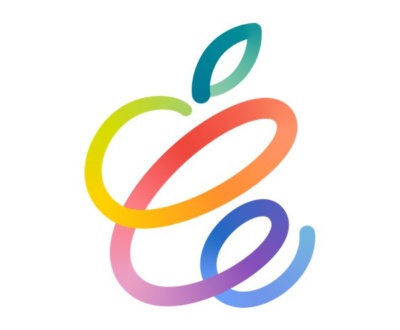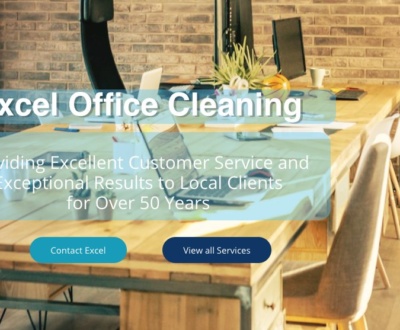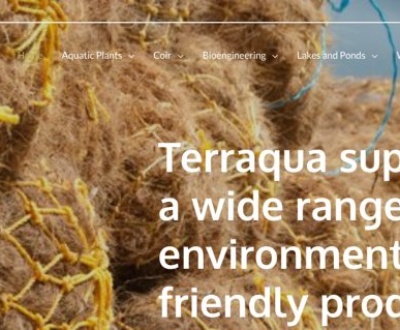Over three quarters of Fortune 500 companies, and hundreds of thousands of smaller companies use a flavour of Microsoft SharePoint but they’re not all using it for the same things.
The tricky thing about explaining what SharePoint does is that it isn’t any one software program but rather a platform for several different kinds of programs. SharePoint isn’t something you buy and install on your own desktop but rather a back-end system that ties all your employees’ PCs and mobile devices together, allowing them all to communicate and synchronize their efforts. The basic goal is to make it possible for a company with a hundred employees spread all over the region to work with the same level of agility and coordination as a company with ten people working out of a single office.
Microsoft themselves have many different descriptions of what SharePoint is: At the highest level the Microsoft SharePoint Description reads
Microsoft SharePoint Online enables an organization to easily create and manage custom team-focused and project-focused sites for collaboration. In addition, it’s possible to deploy an organization-wide intranet portal used to disseminate information and news across the organization.
You could well ask what does that all mean. The common theme is collaboration, information and news across a company. Yes SharePoint can do that but it can also do a great deal more. It is best to regard it as a platform of integrated software tools that can be used to develop business solutions to make users more effective and more efficient in numerous office tasks.
In some ways it’s better to say what you can do with SharePoint rather than what it is.
Here are six of the ways businesses use SharePoint to keep everyone in the loop and on the same page:
Intranet
This is the internally facing website or portal that everyone in your company can use to and find news, announcements, scheduled tasks, and access to a variety of information like staff lists and phone numbers.
Dashboards can be customized by department and role, and different levels of access can be granted to make sure everyone from the Board to interns to can access the information they need about anything from employee performance to client history to the status of ongoing projects. SharePoint also provides tools for setting up employee social networking platforms and company wikis. A company’s intranet acts as a kind of water cooler or meeting room and planning seminar that everyone in the company visits and attends throughout their workdays.
Document Management
A core feature of SharePoint is managing documents that can help remove reliance on a shared drive on a dusty file server. SharePoint gives businesses a shared space to store documents so they’re not locked away on any one person’s hard drive. Documents stored on SharePoint can be accessed by anyone in the company—unless the administrator has limited access to a smaller group. This means that you won’t have to travel to multiple offices or wait for multiple emails to get all the files you need for a task. SharePoint also allows you and your co-workers to work simultaneously on a single document, saving previous versions, and tracking updates. So you avoid having to create several different versions of the document by emailing it to all the people whose input you need. SharePoint also provides comprehensive searching across documents and files and a well-structured system can reduce the time spend searching for documents.
Collaboration
It’s easy for everyone to stay up-to-date and coordinate their efforts on projects when you’re talking about a dozen or so people working out of the same office building. Microsoft SharePoint is designed to extend this ease of interaction beyond small groups in single locations. You can sign in to SharePoint from any desktop or mobile device, and you can use it to have constant access to information on project statuses, client histories, the locations and schedules of coworkers, and anything else related to the project.
Extranet
SharePoint can be used to set up a site that you share with outside businesses you’re partnering with. Whether the other business is part of your supply chain or simply someone you’re contracting with for a project, you can provide them with secure access to all the information they may need from your company while giving them a place to upload all the information you may need about theirs.
Websites
You can use SharePoint to build and manage a publicly facing site as well. As a website Content Management System or CMS, SharePoint allows you to sign in and make changes to your pages. You can update information, add text or graphics, and create new pages.
Business Intelligence
The comprehensive access SharePoint provides to your business’s data also makes it possible to find countless ways to use all that information to make better decisions. SharePoint makes it easy to search through all your company’s files, but beyond that it can help you discover larger patterns. And it can display trends over time or relationships between different inputs with intuitively graspable graphs and charts. Once you’ve decided on a new course of action, SharePoint can also be instrumental in getting everyone company-wide on-board with its implementation.
What makes SharePoint such a powerful tool, though, is that it doesn’t simply rely on all the features and functions it provides out-of-the-box. SharePoint implementations can be customised to streamline pretty much any aspect of business collaboration you can think of.
About us and this blog
We are a digital marketing company with a focus on helping our customers achieve great results across several key areas.
Request a free quote
We offer professional SEO services that help websites increase their organic search score drastically in order to compete for the highest rankings even when it comes to highly competitive keywords.









